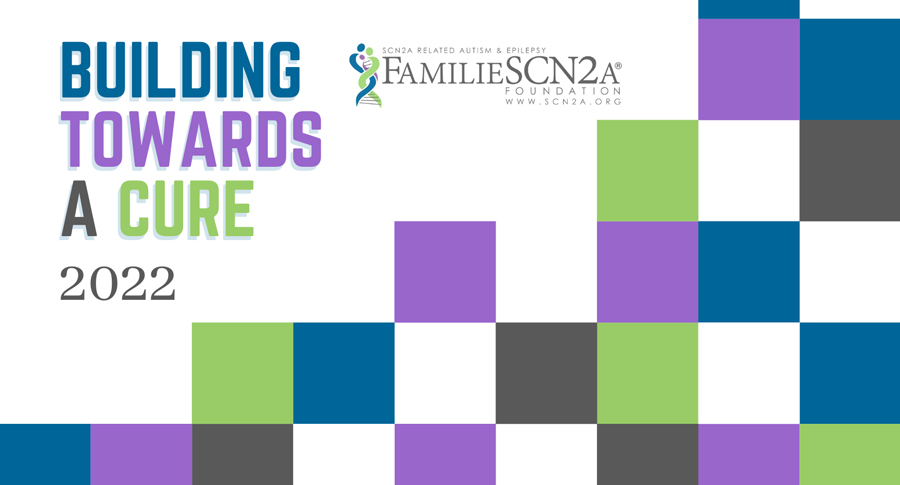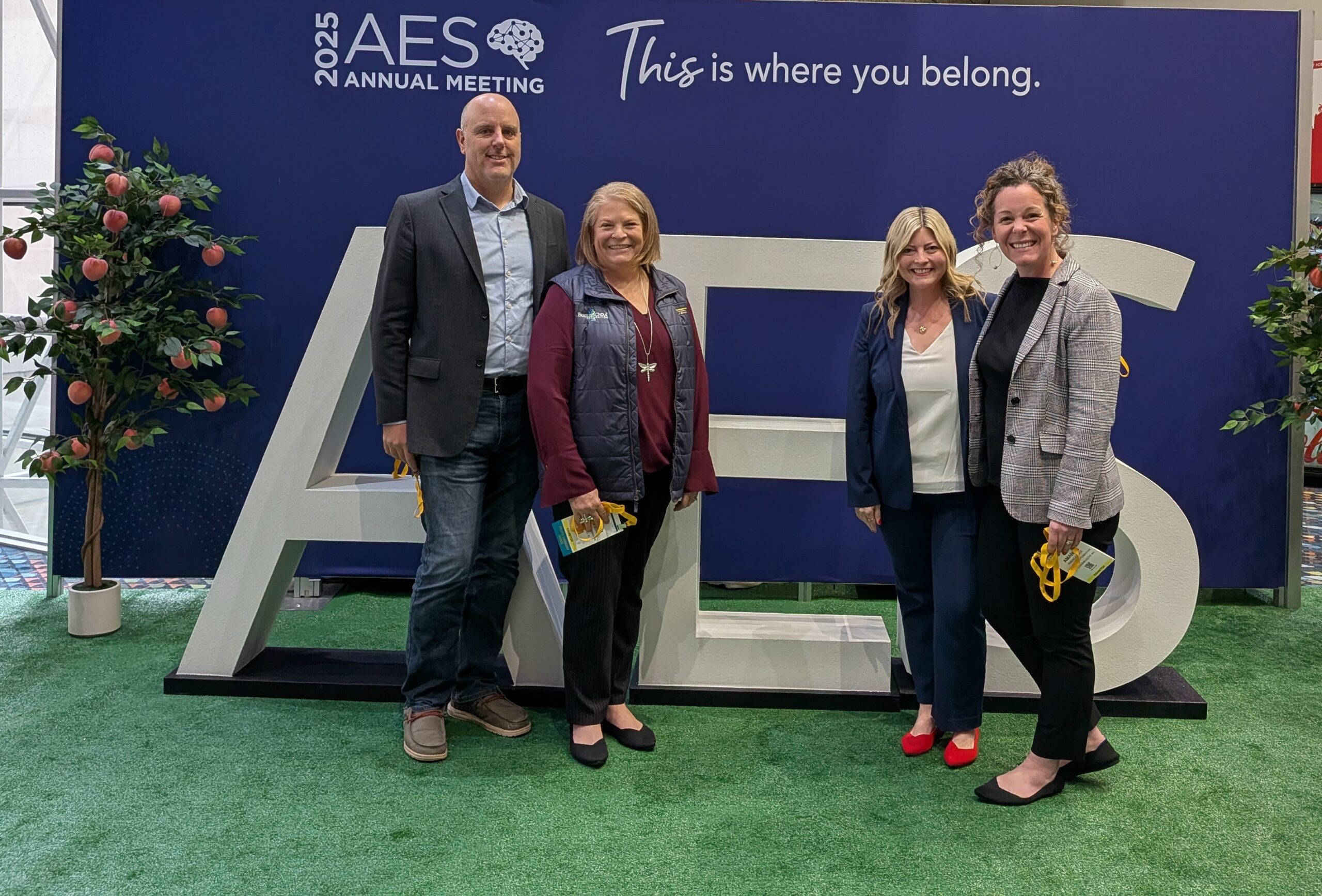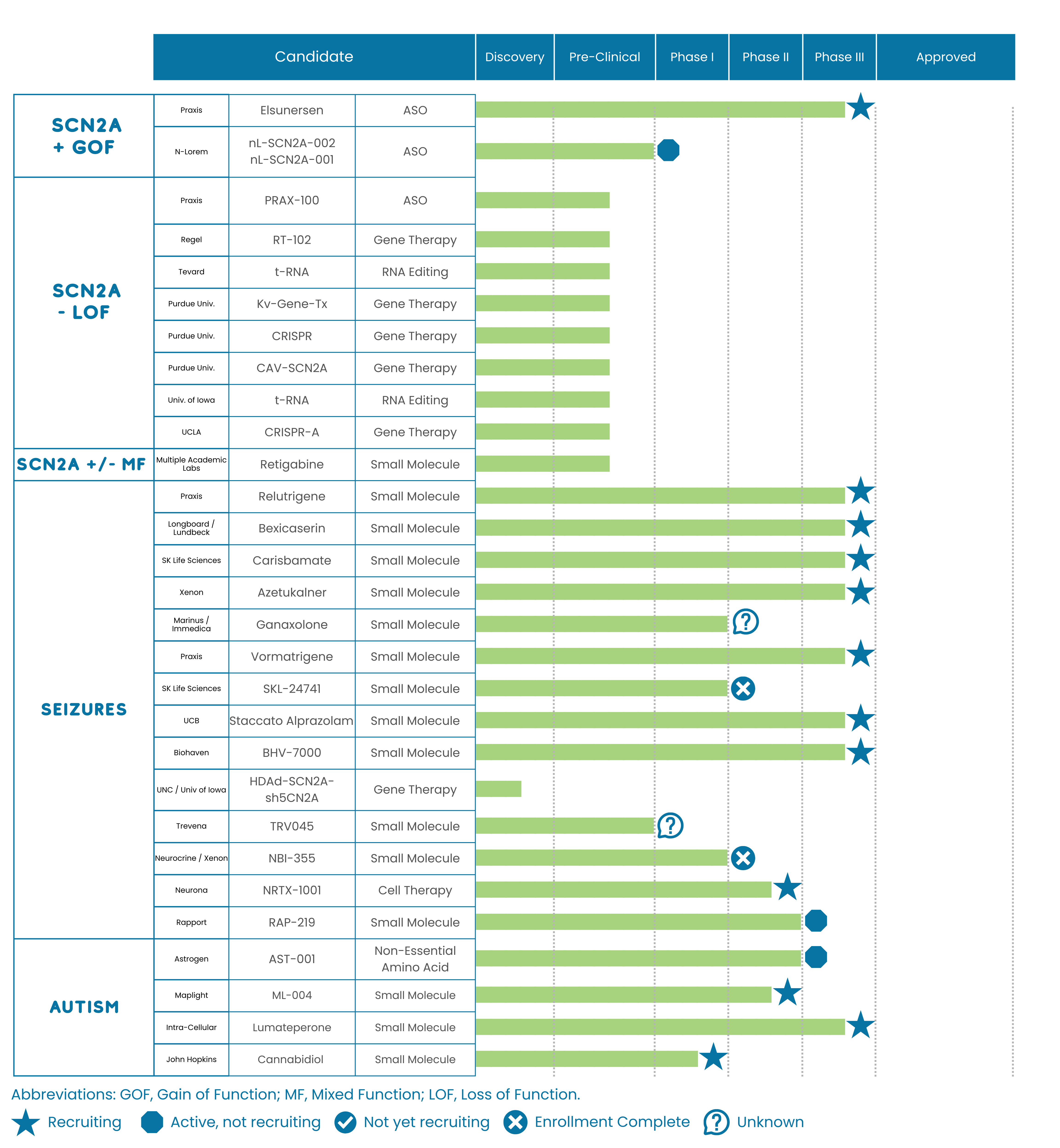
Building Towards A Cure: 2022
With International SCN2A Awareness Day fast approaching, we are reflecting on the progress made last year and turning our attention to the new year filled with hope and possibility.
Despite the challenges of 2021, the FamilieSCN2A Foundation thrived.
› The SCN2A Clinical Trial Readiness Study began paving the way for new treatments for SCN2A-related disorders approved by the FDA.
› A virtual FDA ‘Listening Session’ was hosted allowing several families to share what it’s really like to live with SCN2A-related disorders with those who determine the approval of new treatments and cures.
› Virtual Table Talks Series were held allowing families unprecedented access to professionals.
› We continued to provide financial assistance for SCN2A families in need.
In 2022, our focus will be on BUILDING.
Since our inception in 2015, we have been steadily constructing a strong foundation that is anchored by our dedication to:
› COMMUNITY
› ADVOCACY
› RESEARCH
As winners of the 2021 CZI: Rare As One Grant, we will be able to build upon this already strong foundation. Over the next three years, we will receive $600,000 in funding and access to a network of CZI resources to strengthen our organizational capacity, grow our community, and advance international collaborative research toward shared priorities.
Together we will build toward a cure!


